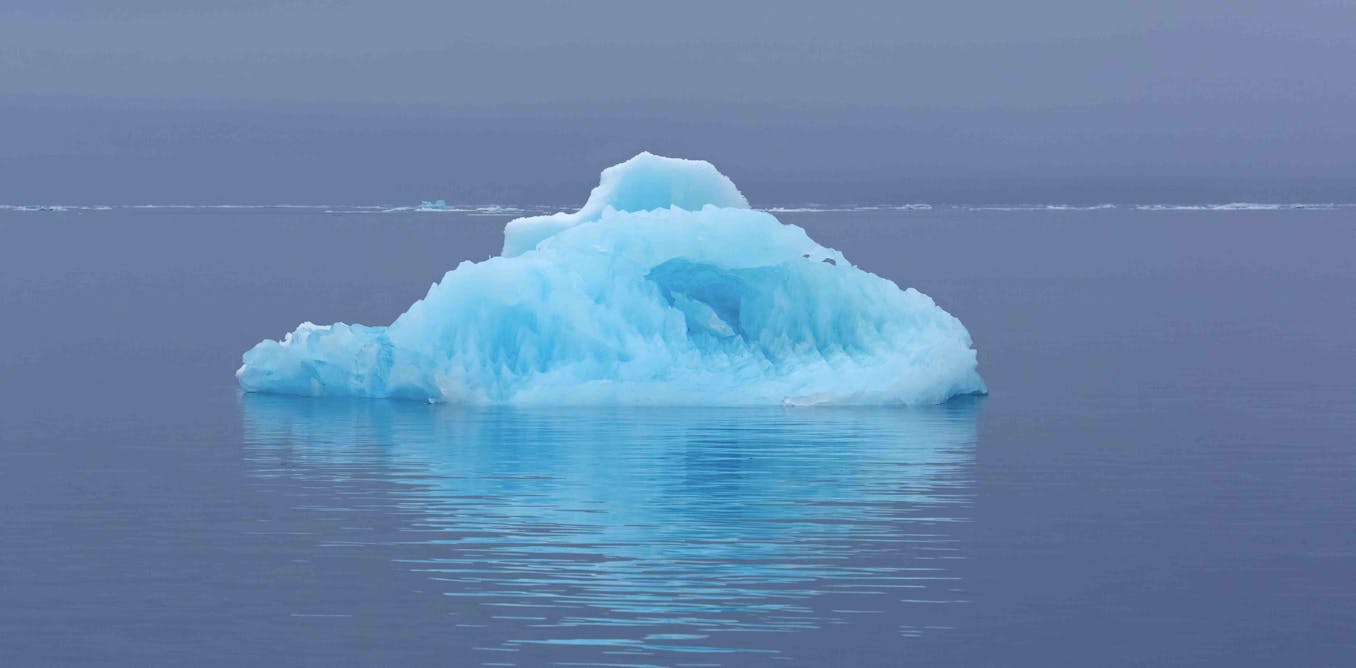
The last time that atmospheric CO2 concentrations reached today’s level – about 412 parts per million – was 3 million years ago, during the Pliocene Epoch.
As geoscientists who study the evolution of Earth’s climate and how it creates conditions for life, we see evolving conditions in the Arctic as an indicator of how climate change could transform the planet.
If global greenhouse gas emissions continue to rise, they could return the Earth to Pliocene conditions, with higher sea levels, shifted weather patterns and altered conditions in both the natural world and human societies.
We are part of a team of scientists who analyzed sediment cores from Lake El’gygytgyn in northeast Russia in 2013 to understand the Arctic’s climate under higher atmospheric carbon dioxide levels.
This shows that boreal forests, which today end hundreds of miles farther south and west in Russia and at the Arctic Circle in Alaska, once reached all the way to the Arctic Ocean across much of Arctic Russia and North America.
Humans would not appear on Earth for at least another million years, and our use of fossil fuels is even more recent.
The main system that keeps these dynamics in balance and controls Earth’s climate is a natural global thermostat, regulated by rocks that chemically react with CO2 and pull it out of the atmosphere.
These reactions tend to speed up when temperatures and rainfall are higher – exactly the climate conditions that occur when atmospheric greenhouse gas concentrations rise.
For example, at the end of the Age of Dinosaurs about 65 million years ago, scientists estimate that atmospheric CO2 levels were between 2,000 and 4,000 parts per million.
It took over 50 million years to reduce them naturally to around 400 parts per million in the Pliocene.
Because natural changes in CO2 levels happened very slowly, cyclic shifts in Earth’s climate system were also very slow.
Since roughly 1880 the planet has warmed by 1 degree Celsius (2 degrees Fahrenheit) – many times faster than any warming episode in the past 65 million years of Earth’s history.
Parts of Arctic Siberia and Svalbard, a group of Norwegian islands in the Arctic Ocean, reached record-shattering high temperatures this summer